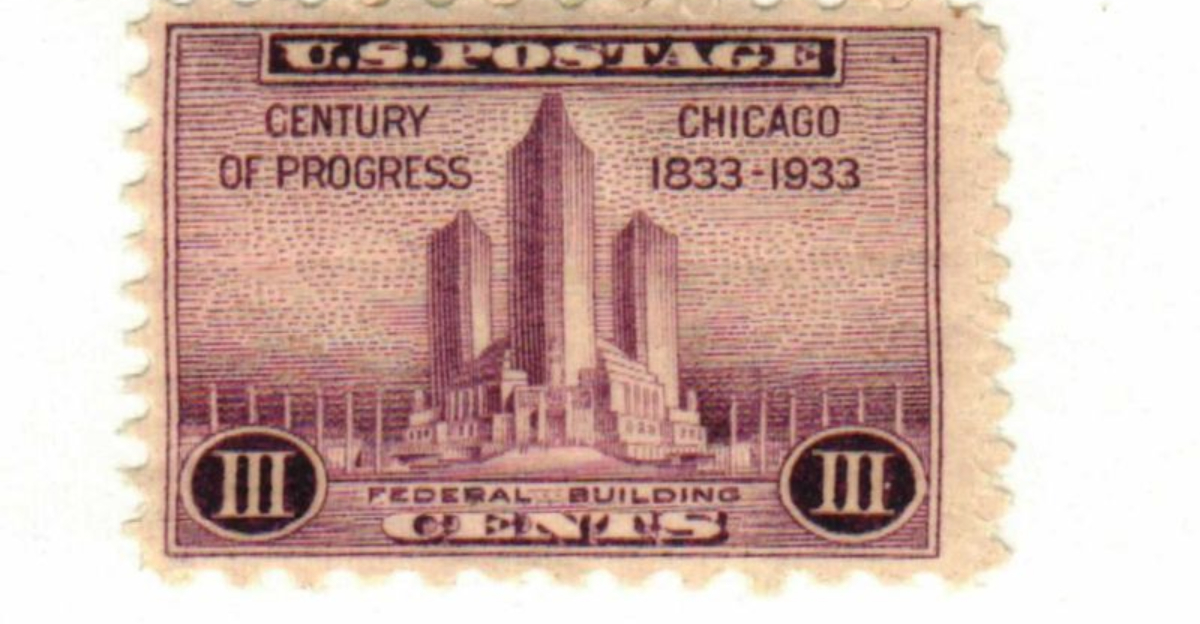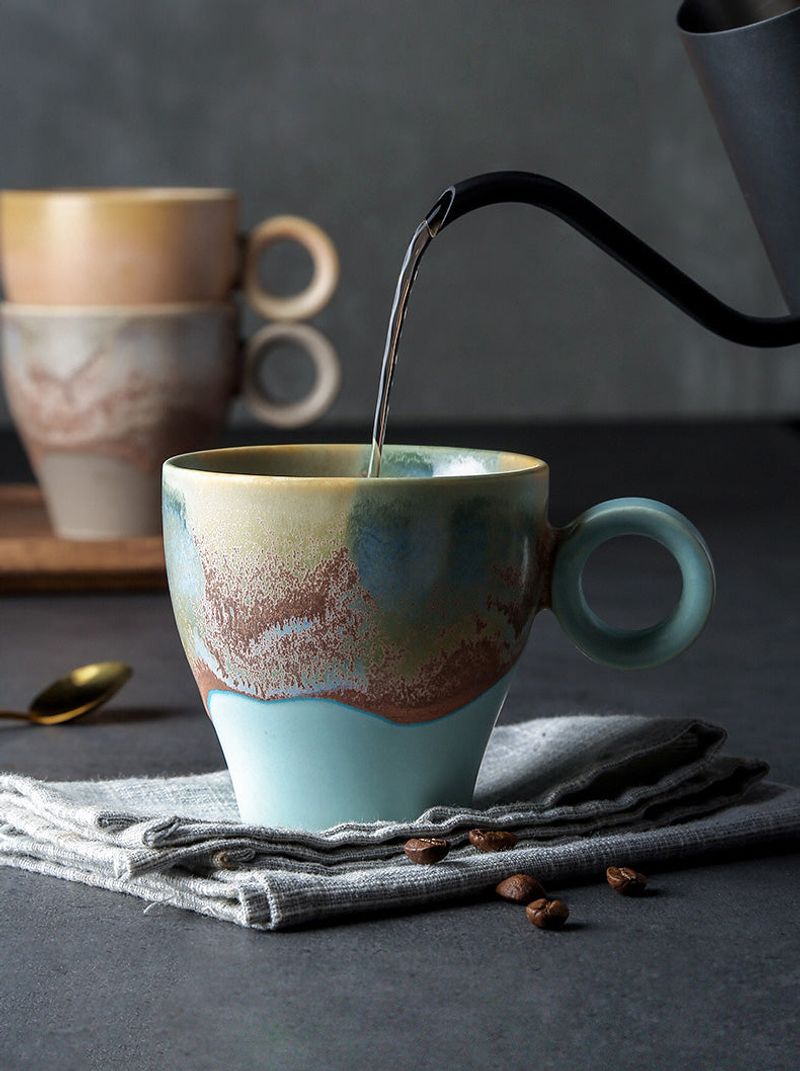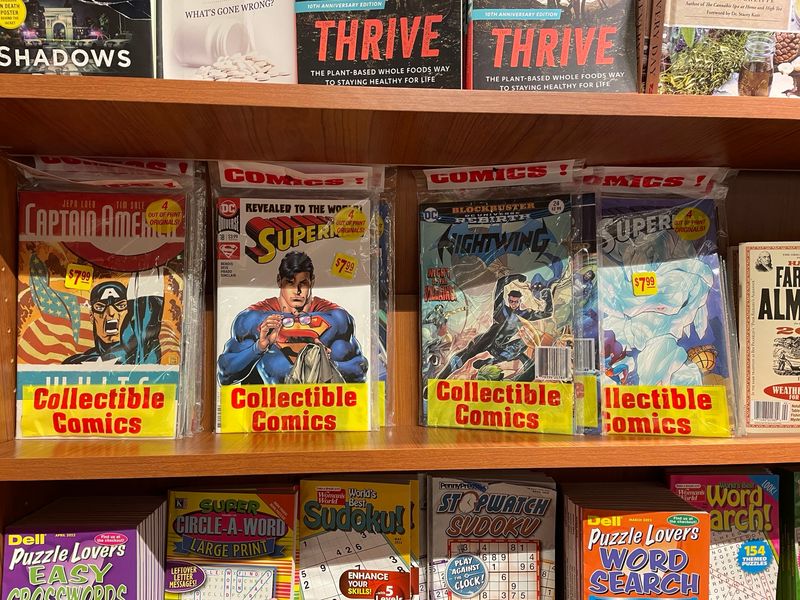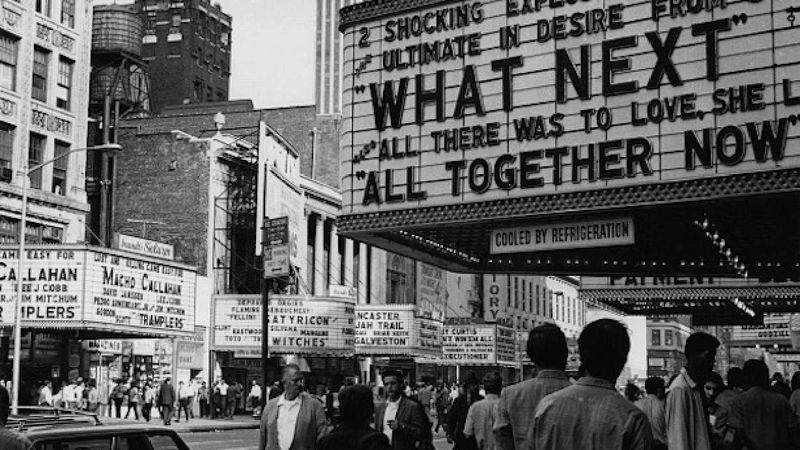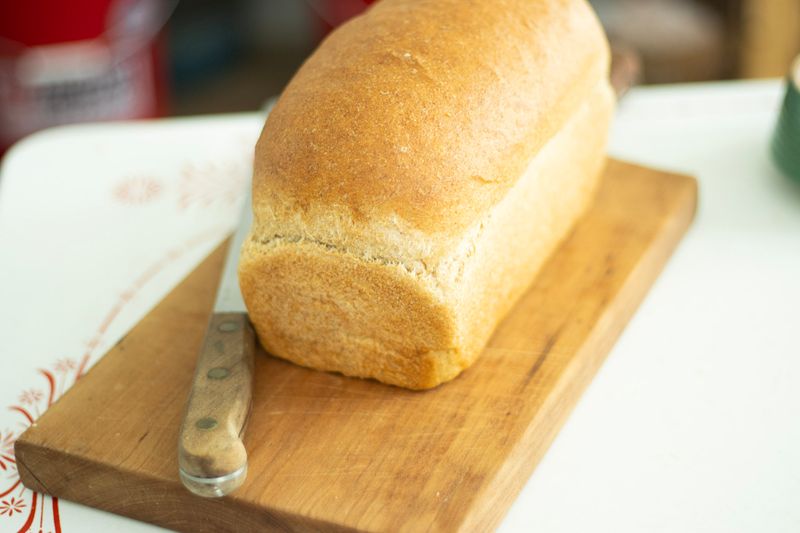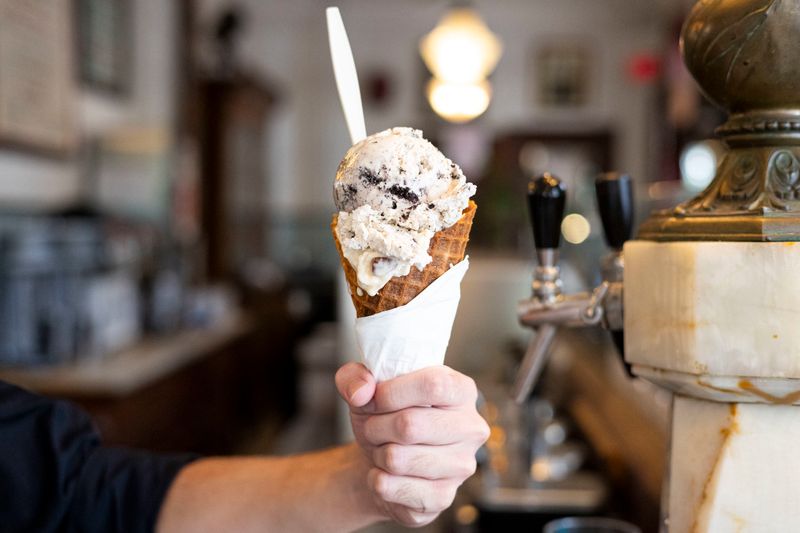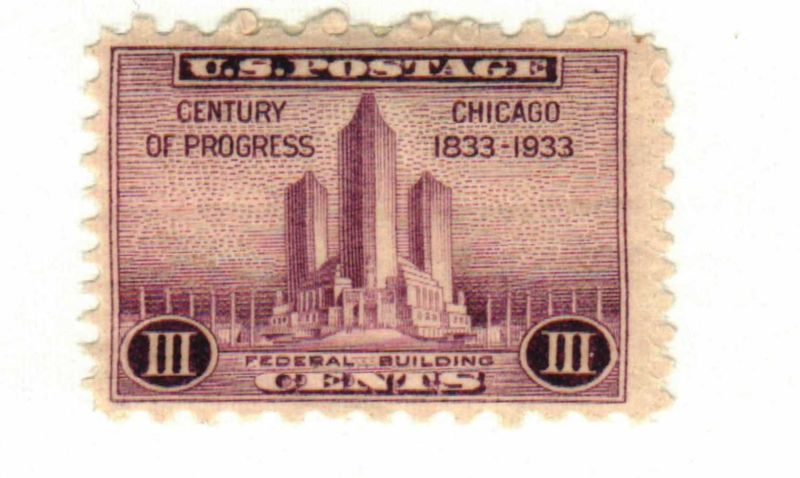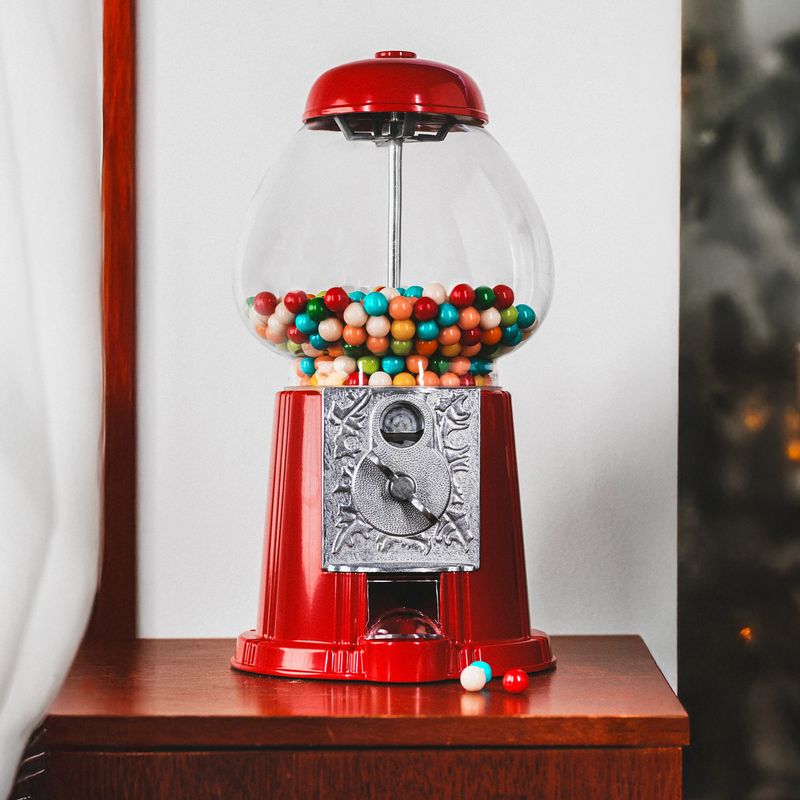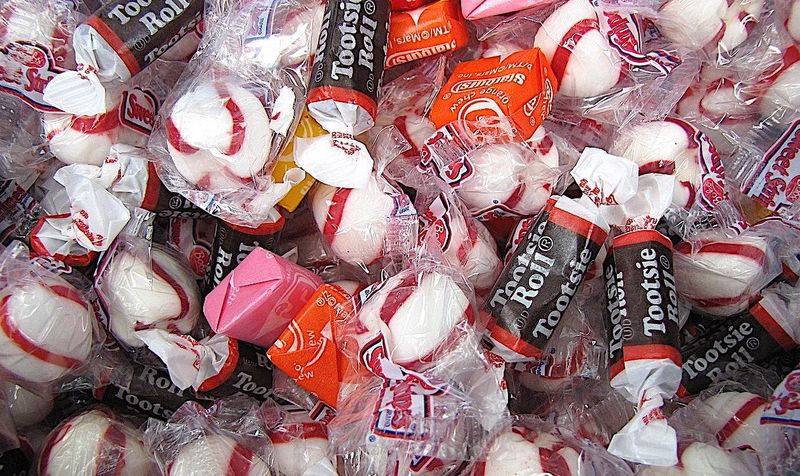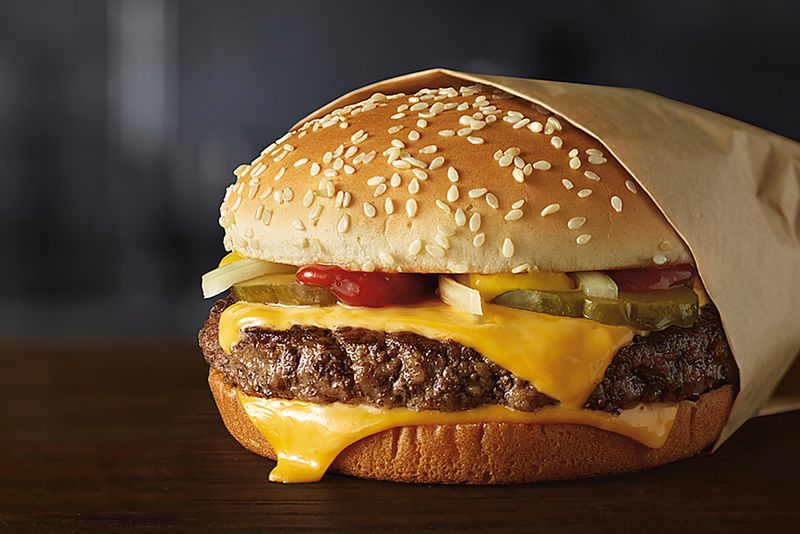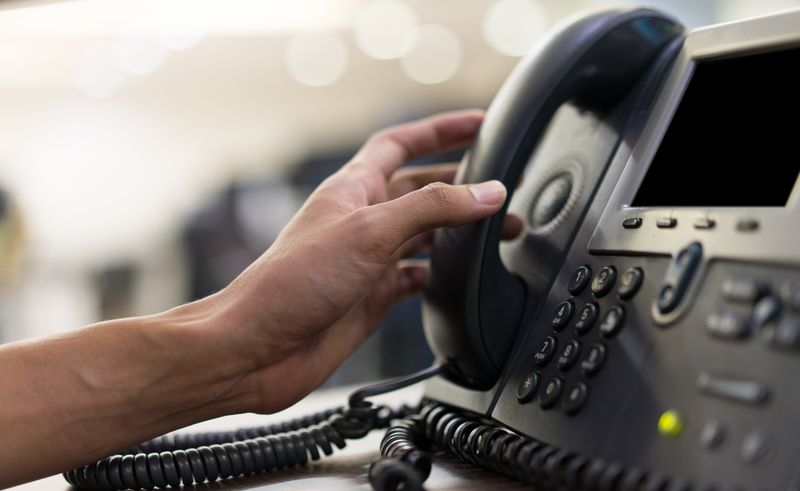Seventy years ago, a quarter could buy you more than you’d imagine today. Let’s travel back in time to explore ten fascinating items that were once available for just twenty-five cents.
This nostalgic journey will not only surprise you but also offer a glimpse into the economic landscape of the past. From tasty treats to daily essentials, these items reflect a simpler era and the purchasing power of a quarter in the 1950s.
Join us in this delightful exploration of bygone bargains, where a single coin could open up a world of possibilities.
1. Coffee Cup
In the bustling diners of the 1950s, a steaming cup of coffee was a staple for many. For just a quarter, you could enjoy this invigorating beverage, often served in a charming ceramic mug.
Whether you were a businessperson preparing for the day ahead or a mother taking a quick break from errands, this simple pleasure was accessible to all. Diners were social hubs, where people gathered not just for meals, but for conversation and community.
The aroma of freshly brewed coffee filled the air, creating an inviting atmosphere. Each sip provided a moment of respite and connection in an ever-busy world.
2. Comic Book
Comic books were another beloved item that cost only a quarter seventy years ago. They opened doors to fantastical worlds, filled with superheroes, adventures, and tales of wonder.
Children and teenagers alike would flock to newsstands or local stores to pick up the latest issue of their favorite series, immersing themselves in captivating stories and vibrant illustrations.
This inexpensive form of entertainment fostered imagination and creativity, leaving a lasting impact on generations. The allure of these colorful pages remains timeless, though the price tag has certainly changed over the decades.
3. Movie Ticket
In the golden age of cinema, a quarter was all it took to enjoy a thrilling movie experience. The theaters of the 1950s were magical places, where audiences were transported to different worlds through the silver screen.
Families would often spend weekends watching the latest blockbusters or classic films, enjoying not only the stories but also the ambiance of the grand theaters.
From romantic comedies to thrilling adventures, the world of cinema was accessible to everyone for just twenty-five cents, making it a cherished pastime for all ages.
4. Loaf of Bread
A fresh loaf of bread, warm and soft, was available for just a quarter back in the 1950s. Local bakeries thrived as people sought out this daily staple, drawn by the irresistible aroma of freshly baked goods.
Bread was more than just a dietary necessity; it was a symbol of home and comfort, often enjoyed with family meals.
Whether it was white, whole grain, or rye, a loaf bought for twenty-five cents was a key component of household sustenance. This simple pleasure was a testament to the affordability of daily essentials during that time.
5. Ice Cream Cone
A quarter could buy you a delightful ice cream cone in the 1950s, a treat that brought joy to both young and old. Ice cream parlors were bustling hubs of happiness, where the choices ranged from classic vanilla to exotic fruit flavors.
Families would flock to these charming shops, especially on hot summer days, to savor the creamy goodness in a cone or cup.
These sweet indulgences were not just about taste but also about creating joyful memories, as people gathered to enjoy the simple pleasure of an affordable, delicious treat.
6. Postage Stamp
Sending a letter across the country was an affordable task with a postage stamp costing only a quarter. The 1950s saw a thriving postal service, with handwritten letters and postcards being the primary mode of communication.
People cherished the personal touch of sending and receiving mail, maintaining relationships across distances.
Though technology has transformed how we communicate today, the charm of a handwritten letter and the anticipation of receiving mail remain enduring symbols of care and connection.
This inexpensive mode of communication is fondly remembered by those who valued its simplicity.
7. Gumball Machine
The gumball machine was a charming fixture in the 1950s, offering sweet delights for just a quarter. Found in diners, grocery stores, and amusement parks, these machines were a magnet for children.
With a simple twist of the knob, vibrant gumballs would roll down, delighting kids with their chewy, sugary goodness.
These small treats provided big smiles and a burst of flavor, embodying the simple joys of childhood. The gumball machine remains a nostalgic symbol of carefree times, where a quarter was a ticket to happiness for young imaginations.
8. Penny Candy
For just a quarter, children could indulge in an assortment of penny candy in the 1950s. Candy stores were treasure troves, filled with jars of sweets like gumdrops, licorice, and jawbreakers.
The joy of choosing a mix of candies, counting out coins, and savoring each piece was a beloved ritual for young ones.
Penny candy represented more than just a sugary treat; it was about exploration and delight, a small yet significant part of childhood that brought endless smiles and sweet memories.
9. Hamburger
A quarter could buy you a tasty hamburger at a local diner in the 1950s. These diners were bustling places, offering comfort food that satisfied both hunger and the desire for a sociable dining experience.
The hamburger, often accompanied by fries and a milkshake, was a meal enjoyed by families, friends, and travelers alike.
This affordable meal was not only about the flavors but also about the camaraderie and enjoyment of dining out, an experience cherished by many during that era.
10. Telephone Call
Making a local telephone call cost just a quarter in the 1950s, connecting people near and far. Telephone booths were common sights, bustling with activity as people stayed in touch with loved ones or conducted business.
The clinking of the coin and the rotary dialing were familiar sounds, part of the daily rhythm of life.
Though technology has drastically changed how we communicate, the simplicity and functionality of a quarter call remain a fond memory for those who experienced it, symbolizing a time when connections were as tangible as the coins in one’s pocket.
